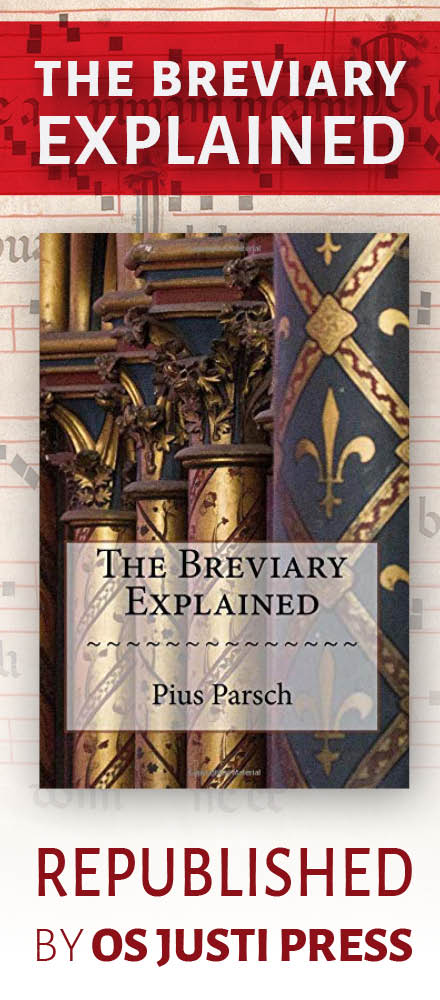This article in the Urban Tulsa has an amazing number of zany conjectures and speculations about the return of Latin Chant and therefore the Inquisition. Nonetheless, it is somewhat informative.
It was announced recently by the Roman Catholic Diocese of Tulsa that its Bishop Edward J. Slattery has begun what he calls Diocesan Liturgical Institute.
To some Catholics it appears to be a move in a backward direction, to many more, a redundant application of a small Diocese's limited resources....
However, many members of his flock fear that this will translate as a regression to empty ritual and a preoccupation with the Latin Mass, Gregorian Chant, and the like to the exclusion of observances in modern English....
The issue might not seem immediately pertinent to many non-Catholics, but this particular conflict represents the perpetual and universal tension within every religion of balancing modern relevance with ancient teachings and historic traditions.
"It seems to me that promoting the Latin Mass is a subtle indication that we are encouraged to return to the good old days when the 'Church,' the institutional, hierarchical Church, was supposed to be the embodiment of whom we should consider our neighbors . . . in other words, the Protestants, Muslims, Jews, agnostics, atheists and all other creeds were really not part of our exclusive club, and therefore not really 'neighbors' and therefore not really worthy of our love . . . ," wrote one concerned Catholic in a recent letter to the editor of the official newspaper of the Tulsa Diocese, the Eastern Oklahoma Catholic.
"So pardon me if I remain offended by this further slide back in to the abyss," the letter continued.




















